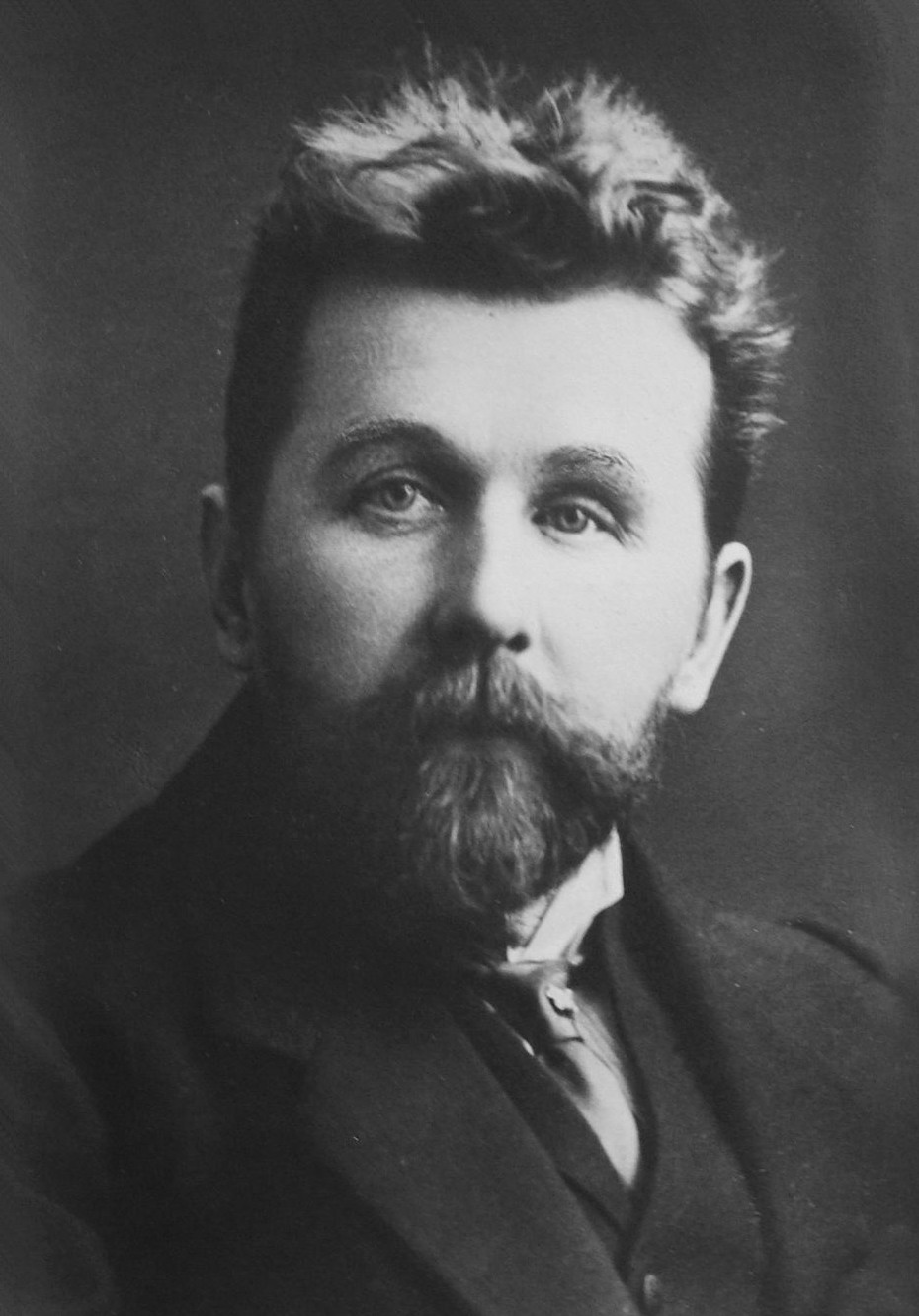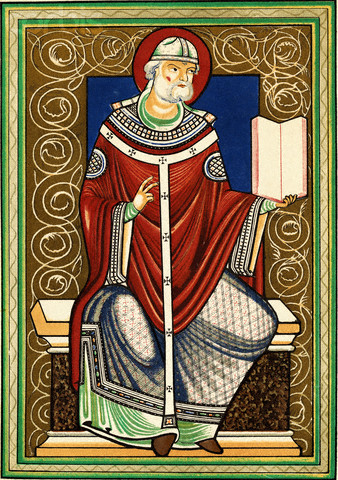|
Psalm 141
Psalm 141 is the 141st psalm from the Book of Psalms. It is attributed to David, a plea to God not only for protection from the psalmist's enemies, but also from temptation to sin. In the slightly different numbering system used in the Greek Septuagint version of the Bible, and in the Vulgate, this psalm is Psalm 140. This psalm contains a prayer for deliverance from 'the enticements and the oppression of the wicked', and seeks 'divine support to live a sinless life', probably a prayer of an ordinary worshipper, although it has some indications for being a "king's psalm" offered during 'a military campaign far away from Jerusalem' (such as that he cannot offer sacrifice in the temple in verse 2 and laments over battle losses in verses 7). Text Analysis Verses 6-7 ("When their judges are overthrown in stony places...." in the KJV, or "thrown down from the cliffs" in the New International Version) are likely corrupt, and scholars call their translation a best guess. Verses 8ŌĆ ... [...More Info...] [...Related Items...] OR: [Wikipedia] [Google] [Baidu] |
Psalm
The Book of Psalms ( or ; he, ū¬ų░ų╝ūöų┤ū£ų┤ų╝ūÖūØ, , lit. "praises"), also known as the Psalms, or the Psalter, is the first book of the ("Writings"), the third section of the Tanakh, and a book of the Old Testament. The title is derived from the Greek translation, (), meaning "instrumental music" and, by extension, "the words accompanying the music". The book is an anthology of individual Hebrew religious hymns, with 150 in the Jewish and Western Christian tradition and more in the Eastern Christian churches. Many are linked to the name of David, but modern mainstream scholarship rejects his authorship, instead attributing the composition of the psalms to various authors writing between the 9th and 5th centuries BC. In the Quran, the Arabic word ŌĆśZaburŌĆÖ is used for the Psalms of David in the Hebrew Bible. Structure Benedictions The Book of Psalms is divided into five sections, each closing with a doxology (i.e., a benediction). These divisions were probably intro ... [...More Info...] [...Related Items...] OR: [Wikipedia] [Google] [Baidu] |
Evangelical Lutheran Worship
''Evangelical Lutheran Worship'' (''ELW'') is the current primary liturgical and worship guidebook and hymnal for use in the Evangelical Lutheran Church in America and the Evangelical Lutheran Church in Canada, replacing its predecessor, the ''Lutheran Book of Worship'' (''LBW'') of 1978, and its supplements, ''Hymnal Supplement 1991'' (published by GIA Publications, a Roman Catholic publishing house) and ''With One Voice'' (''WOV'') (published in 1995 by Augsburg Fortress, the ELCA's publishing house). ''Evangelical Lutheran Worship'' was first published in October 2006. Though not all ELCA and ELCIC congregations immediately adopted the book, demand for it was so great that it sold out its first and second printings and some congregations had to delay its adoption until more were available. The book includes ten musical settings of the liturgy for the Holy Communion service, three of which were previously published in the ''Lutheran Book of Worship'' (1978), as well as a ... [...More Info...] [...Related Items...] OR: [Wikipedia] [Google] [Baidu] |
Lutheran Service Book
''Lutheran Service Book'' (''LSB'') is the newest official hymnal of the Lutheran ChurchŌĆōMissouri Synod (LCMS) and the Lutheran ChurchŌĆōCanada (LCC). It was prepared by the LCMS Commission on Worship and published by Concordia Publishing House, the official publisher of the LCMS. It is the fourth official English-language hymnal of the LCMS published since the synod began transitioning from German to English in the early 1900s. ''LSB'' is intended to succeed both ''The Lutheran Hymnal'' (''TLH'') and ''Lutheran Worship'' (''LW'') as the common hymnal of the LCMS. Supplemental and companion editions to the hymnal were released throughout the end of 2006 and into 2007. The hymnal was officially approved by the LCMS at the 2004 LCMS National Convention in St. Louis. It was officially released on September 1, 2006, but many customers who pre-ordered the hymnal received their copies several weeks earlier. In April 2015, ''Lutheran Service Book'' became the first Lutheran hymnal to ... [...More Info...] [...Related Items...] OR: [Wikipedia] [Google] [Baidu] |
Orlande De Lassus
Orlande de Lassus ( various other names; probably ŌĆō 14 June 1594) was a composer of the late Renaissance. The chief representative of the mature polyphonic style in the Franco-Flemish school, Lassus stands with Giovanni Pierluigi da Palestrina and Tom├Īs Luis de Victoria as the leading composers of the later Renaissance. Immensely prolific, his music varies considerably in style and genres, which gave him unprecedented popularity throughout Europe. Name Lassus's name appears in many spellings, often changed depending on the place in which his music was being performed or published. In addition to Orlande de Lassus, variations include Roland de Lassus, Orlando di Lasso, Orlandus Lassus, Orlande de Lattre and Roland de Lattre. Life and career Orlande de Lassus was born in Mons in the County of Hainaut, Habsburg Netherlands (modern-day Belgium). Information about his early years is scanty, although some uncorroborated stories have survived, the most famous of which is that ... [...More Info...] [...Related Items...] OR: [Wikipedia] [Google] [Baidu] |
Johann Michael Haydn
Johann Michael Haydn (; 14 September 173710 August 1806) was an Austrian composer of the Classical period, the younger brother of Joseph Haydn. Life Michael Haydn was born in 1737 in the Austrian village of Rohrau, near the Hungarian border. His father was Mathias Haydn, a wheelwright who also served as "Marktrichter", an office akin to village mayor. Haydn's mother Maria, Koller, had previously worked as a cook in the palace of Count Harrach, the presiding aristocrat of Rohrau. Mathias was an enthusiastic folk musician, who during the journeyman period of his career had taught himself to play the harp, and he also made sure that his children learned to sing. Michael went to Vienna at the age of eight, his early professional career path being paved by his older brother Joseph, whose skillful singing had landed him a position as a boy soprano in the St. Stephen's Cathedral, Vienna choir under the direction of Georg Reutter, as were Johann Georg Albrechtsberger and Franz J ... [...More Info...] [...Related Items...] OR: [Wikipedia] [Google] [Baidu] |
Pavel Chesnokov
Pavel Grigorievich Chesnokov (Russian: ą¤├Īą▓ąĄą╗ ąōčĆąĖą│├│čĆčīąĄą▓ąĖčć ą¦ąĄčüąĮąŠą║├│ą▓) (24 October 1877, Voskresensk, Zvenigorodsky Uyezd, Moscow Governorate – 14 March 1944, Moscow, also transliterated ''Tschesnokoff'', ''Tchesnokov'', ''Tchesnokoff'', and ''Chesnokoff'') was an Imperial Russian and Soviet composer, choral conductor and teacher. He composed over five hundred choral works, over four hundred of which are sacred. Today, he is most known for his piece '' Salvation is Created'' as well as works such as ''Do Not Reject Me in Old Age'' (solo for basso profondo) and movements from various settings of the Divine Liturgy of St John Chrysostom. Life Chesnokov was born in Vladimir, near Moscow on 24 October 1877. While attending the Moscow Conservatory, he received extensive training in both instrumental and vocal music including nine years of solf├©ge, and seven years training for both the piano and violin. His studies in composition included four years of harm ... [...More Info...] [...Related Items...] OR: [Wikipedia] [Google] [Baidu] |
Aleksandr Grechaninov
Alexander Tikhonovich GretchaninovAlso commonly transliterated as ''Aleksandr/Alexandre'' ''Grechaninov/Gretchaninoff/Gretschaninow'' ( rus, ąÉą╗ąĄą║čüą░╠üąĮą┤čĆ ąóąĖ╠üčģąŠąĮąŠą▓ąĖčć ąōčĆąĄčćą░ąĮąĖ╠üąĮąŠą▓, p=╔Él╩▓╔¬╦łksandr ╔Īr╩▓╔¬t╔Ģ╔É╦łn╩▓in╔Öf; , Kaluga ŌĆō 3 January 1956, New York City) was a Russian Romantic composer. Life Gretchaninov started his musical studies rather late, because his father, a businessman, had expected the boy to take over the family firm. Gretchaninov himself related that he did not see a piano until he was 14 and began his studies at the Moscow Conservatory in 1881 against his father's wishes and without his knowledge. His main teachers there were Sergei Taneyev and Anton Arensky. In the late 1880s, after a quarrel with Arensky, he moved to St. Petersburg where he studied composition and orchestration with Nikolai Rimsky-Korsakov until 1893. Rimsky-Korsakov immediately recognized Gretchaninov's extraordinary musical imagination and talent and ga ... [...More Info...] [...Related Items...] OR: [Wikipedia] [Google] [Baidu] |
Mikhail Glinka
Mikhail Ivanovich Glinka ( rus, link=no, ą£ąĖčģą░ąĖą╗ ąśą▓ą░ąĮąŠą▓ąĖčć ąōą╗ąĖąĮą║ą░, Mikhail Ivanovich Glinka., m╩▓╔¬x╔É╦łil ╔¬╦łvan╔Öv╩▓╔¬d╩æ ╦ł╔Īl╩▓ink╔Ö, Ru-Mikhail-Ivanovich-Glinka.ogg; ) was the first Russian composer to gain wide recognition within his own country and is often regarded as the fountainhead of Russian classical music. His compositions were an important influence on Russian composers, notably the members of The Five (composers), The Five, who produced a distinctive Russian style of music. Early life and education Glinka was born in the village of Novospasskoye, not far from the Desna River in the Smolensk Governorate of the Russian Empire (now in the Yelninsky District of the Smolensk Oblast). His wealthy father had retired as an army captain, and the family had a strong tradition of loyalty and service to the tsars, and several members of his extended family had lively cultural interests. His great-great-grandfather was a PolishŌĆōLithuanian Commonwealth n ... [...More Info...] [...Related Items...] OR: [Wikipedia] [Google] [Baidu] |
Dmitry Bortniansky
Dmitry Stepanovich Bortniansky ; ; alternative transcriptions of names are ''Dmitri Bortnianskii'', and ''Bortnyansky'', group=n (28 October 1751 ŌĆō ) was a Russian Imperial composer of Ukrainian Cossack origin. He was a composer, harpsichordist and conductor who served at the court of Catherine the Great. Bortniansky was critical to the musical history of both Ukraine and Russia, with both nations claiming him as their own. Bortniansky, who has been compared to Palestrina, is known today for his liturgical works and prolific contributions to the genre of choral concertos. He was one of the "Golden Three" of his era, alongside Artemy Vedel and Maxim Berezovsky. Bortniansky was so popular in the Russian Empire that his figure was represented in 1862 in the bronze monument of the Millennium of Russia in the Novgorod Kremlin. He composed in many different musical styles, including choral compositions in French, Italian, Latin, German and Church Slavonic. Biography Student Dm ... [...More Info...] [...Related Items...] OR: [Wikipedia] [Google] [Baidu] |
Liturgy Of The Presanctified Gifts
The Liturgy of the Presanctified Gifts is a Byzantine Rite liturgical service which is performed on the weekdays of Great Lent wherein communion is received from Gifts (the Body and Blood of Christ) that are sanctified (consecrated) in advance, hence its name; this Divine Liturgy has no anaphora (eucharistic prayer). The Presanctified is used on the weekdays of Great Lent, a season of repentance, fasting, and intensified prayer when the more frequent reception of communion is desirable; however, the full Divine Liturgy having a joyful character is not in keeping with the somberness of the season of repentance (''Eucharist'' literally means 'thanksgiving') and so the Presanctified is substituted. Although this service may be performed on any weekday (Monday through Friday) of Great Lent, common parish practice is to celebrate it only on Wednesdays, Fridays, and a feast day on which the polyeleos is sung that falls on a weekday. The Typicon also prescribes the Presanctified on the ... [...More Info...] [...Related Items...] OR: [Wikipedia] [Google] [Baidu] |
Constantinople
la, Constantinopolis ota, ┘éž│žĘ┘åžĘ┘Ŗ┘å┘Ŗ┘ć , alternate_name = Byzantion (earlier Greek name), Nova Roma ("New Rome"), Miklagard/Miklagarth (Old Norse), Tsargrad ( Slavic), Qustantiniya (Arabic), Basileuousa ("Queen of Cities"), Megalopolis ("the Great City"), ╬ĀŽī╬╗╬╣Žé ("the City"), Kostantiniyye or Konstantinopolis ( Turkish) , image = Byzantine Constantinople-en.png , alt = , caption = Map of Constantinople in the Byzantine period, corresponding to the modern-day Fatih district of Istanbul , map_type = Istanbul#Turkey Marmara#Turkey , map_alt = A map of Byzantine Istanbul. , map_size = 275 , map_caption = Constantinople was founded on the former site of the Greek colony of Byzantion, which today is known as Istanbul in Turkey. , coordinates = , location = Fatih, ─░stanbul, Turkey , region = Marmara Region , type = Imperial city , part_of = , length = , width ... [...More Info...] [...Related Items...] OR: [Wikipedia] [Google] [Baidu] |








